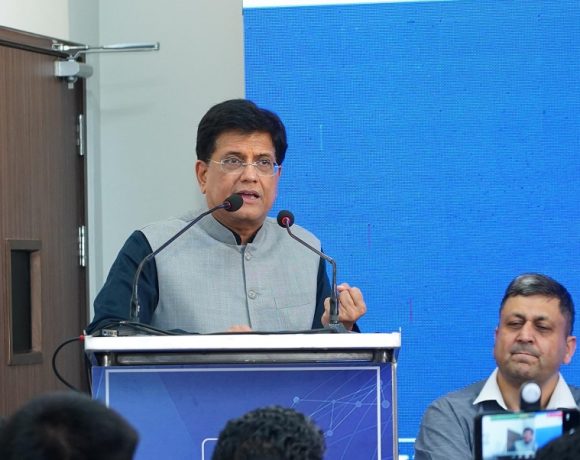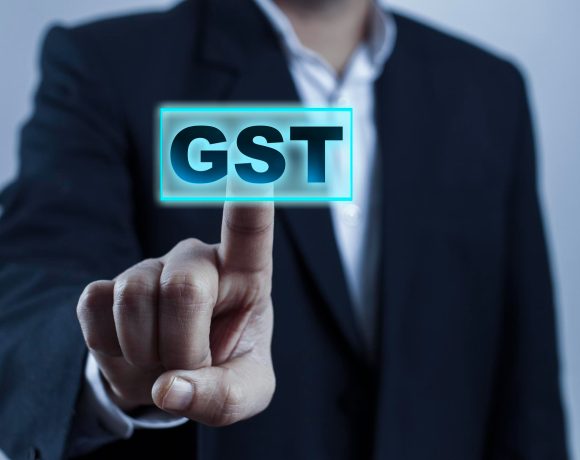
India’s GST Collections Hit Record ₹2.37 Lakh Crore in April
India’s Goods and Services Tax (GST) revenue hit a historic peak in April 2025, with collections soaring to ₹2.37 lakh crore. This marks a 12.6% year-on-year growth from April 2024 and represents the highest monthly GST collection since the system was launched in 2017.
The surge was led by strong domestic consumption and robust imports, supported by better compliance and end-of-year account reconciliations by businesses. The April collection surpasses the previous highest of ₹2.10 lakh crore recorded in the same month last year.
The revenue distribution is as follows:
-
Central GST (CGST): ₹48,634 crore
-
State GST (SGST): ₹59,372 crore
-
Integrated GST (IGST): ₹1.15 lakh crore
-
Cess: ₹13,451 crore
Domestic transaction revenue alone rose by 10.7%, while taxes from imports jumped by over 20%, reflecting improved trade and industrial activity.
Factors Driving the Surge
Several contributing factors explain the impressive figures.
-
The financial year-end always sees businesses reconciling their books, leading to higher tax payments.
-
Automation and data matching under the GST system have steadily improved compliance rates.
-
The government’s focus on curbing tax evasion and speeding up refunds has also played a role.
Refunds issued in April 2025 stood at ₹27,341 crore—up by 48% compared to April 2024—resulting in a net GST collection of ₹2.09 lakh crore, which is still 9.1% higher year-on-year.
State-Wise Performance
Several states contributed heavily to the tax pool:
-
Maharashtra led with ₹41,645 crore
-
Karnataka: ₹17,815 crore
-
Gujarat: ₹14,970 crore
-
Haryana: ₹14,057 crore
-
Tamil Nadu: ₹13,831 crore
-
Uttar Pradesh: ₹13,600 crore
Haryana’s ascent to the fourth spot with a 15.7% growth over last year is particularly notable, reflecting industrial growth in the state.
Economic Outlook
Economists and tax experts view the record collections as a strong signal of India’s economic momentum. The combination of improved compliance, growing consumption, and policy stability appears to be paying dividends.
Experts note that if this trend continues, it would create additional fiscal space for the government while reinforcing confidence in India’s post-pandemic economic resilience.


















